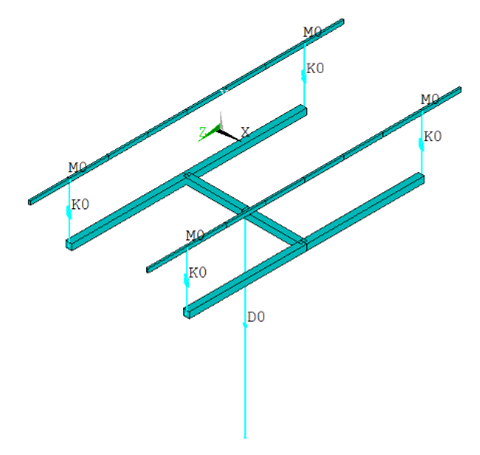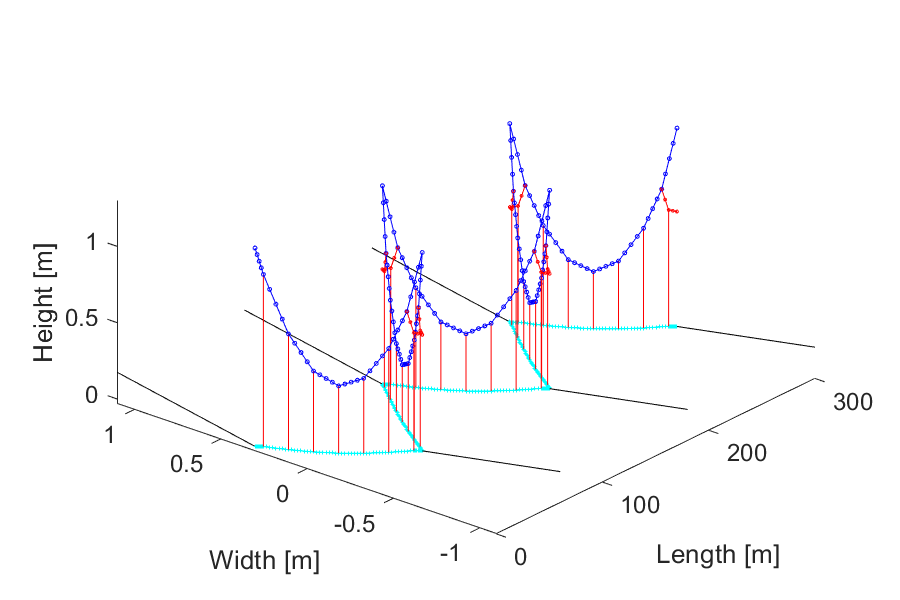Dynamic Pantograph-Catenary Interaction (RV43)
This project is studying the dynamic performance of existing and future catenary systems in single and multiple pantograph operation and aiming to characterize the degradation or structural failures of the catenary systems in its service life. This shall also include preliminary studies for the intended high-speed catenary system for Sweden.

The work is based on a literature study on the recent research developments in the field, numerical simulation, and laboratory tests. The previous pantograph-catenary dynamic simulation model is refined and validated. Additionally, its field of application is extended to cover a wider range of working conditions, such as higher speed, switches, and curves. To fulfil future demands on simulation studies, the addition of more influencing factors must be facilitated. Examples for such factors are wear, irregularity, structural errors, and material weakening in both catenary and pantograph, as well as vehicle dynamics. Their addition aims at reflecting the dynamic interaction in the subsystem more precisely.

All types of Swedish pantographs and catenaries, including possible future ones, shall be investigated in the study. Explicitly multiple pantograph operation shall be studied regarding the contact force variations and possible means of improving the dynamics. This is based in the fact that earlier studies indicate that Sweden might want to operate trains with multiple pantographs at shorter distances than in other countries. It would be a large benefit for the system if the speed restrictions, that usually are necessary for such an arrangement, could be minimized. Furthermore, the structural fatigue associated with dynamic loads shall be investigated. For the future Swedish high-speed railways, the pantograph-catenary dynamics will be investigated according to the Swedish operational conditions prior to construction and operation and evaluated against national and international standards.
